The primary participants in staple crop biofortification are smallholder farming households. The approach taken by HarvestPlus and its partners to engage and empower these families is demand-led: based on their expressed challenges, needs, and priorities, and tailored to optimize improvements in their nutrition security.
Pathways to Empowerment
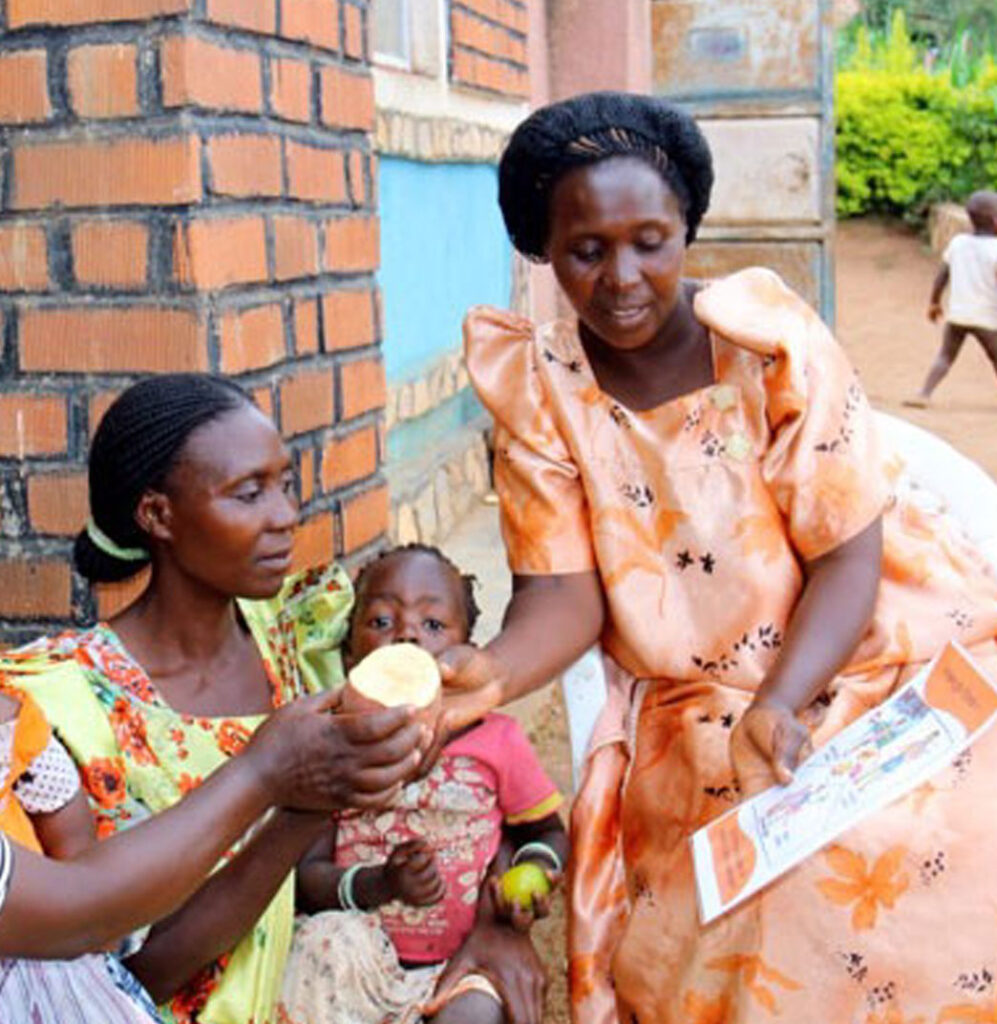
Understanding Nutrition
Farming households learn about nutrition basics, the nutritional value of biofortified crops, and how to prepare healthy foods with these crops. Nurturing community champions, such as participants in the Lead Mother initiative in Uganda, provides a sustainable base for sharing nutrition knowledge.
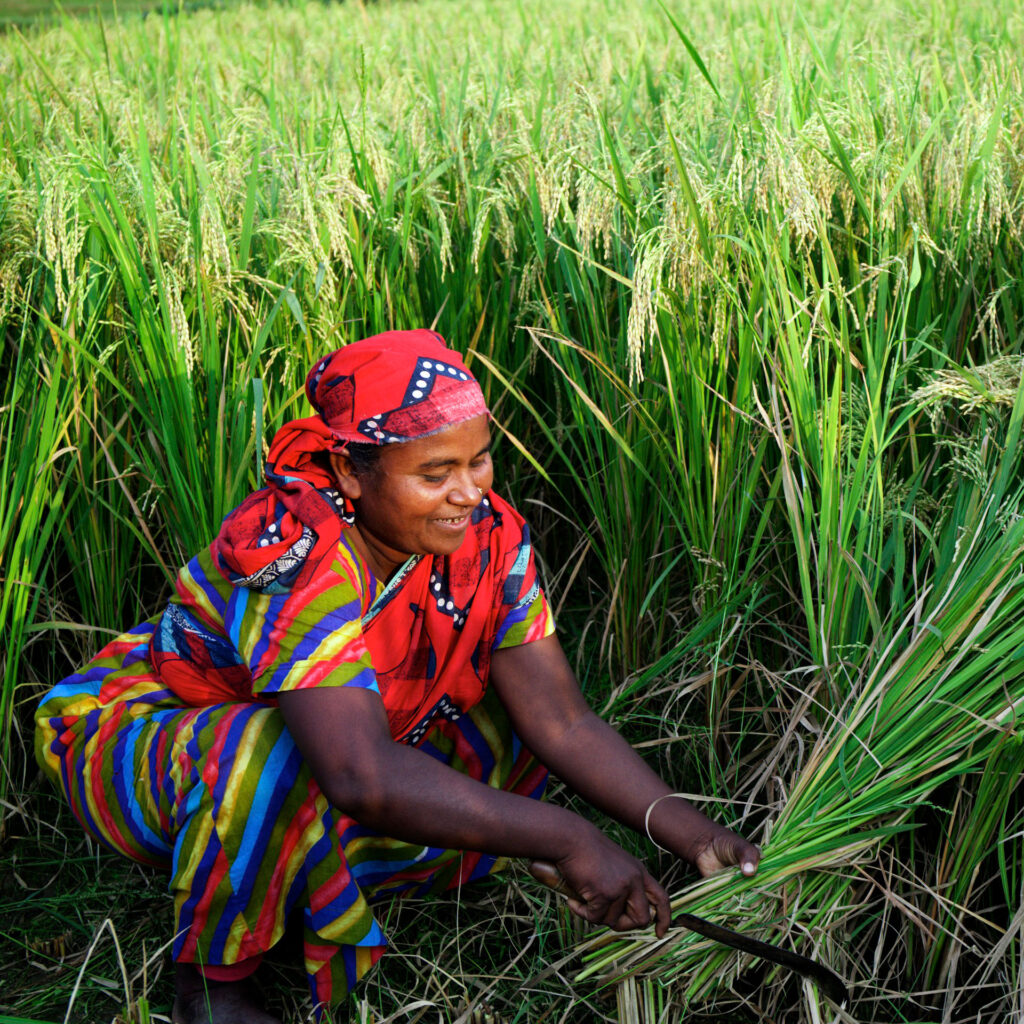
Strengthening Capacities
Working with extension services, seed companies, and other partners, farming households have access to comprehensive training in cultivation, harvesting, and processing of biofortified crops. Nearly two-thirds of farmers trained by HarvestPlus and its partners are women.
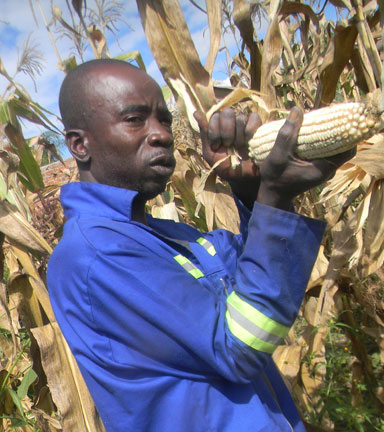
Connecting Farming Households to Markets
Generating demand for biofortified crops beyond the farm gate provides a “pull” incentive for farming households to continue to grow them. Catalyzing markets is a key element of the work HarvestPlus and its partners do to sustainably scale up biofortification.
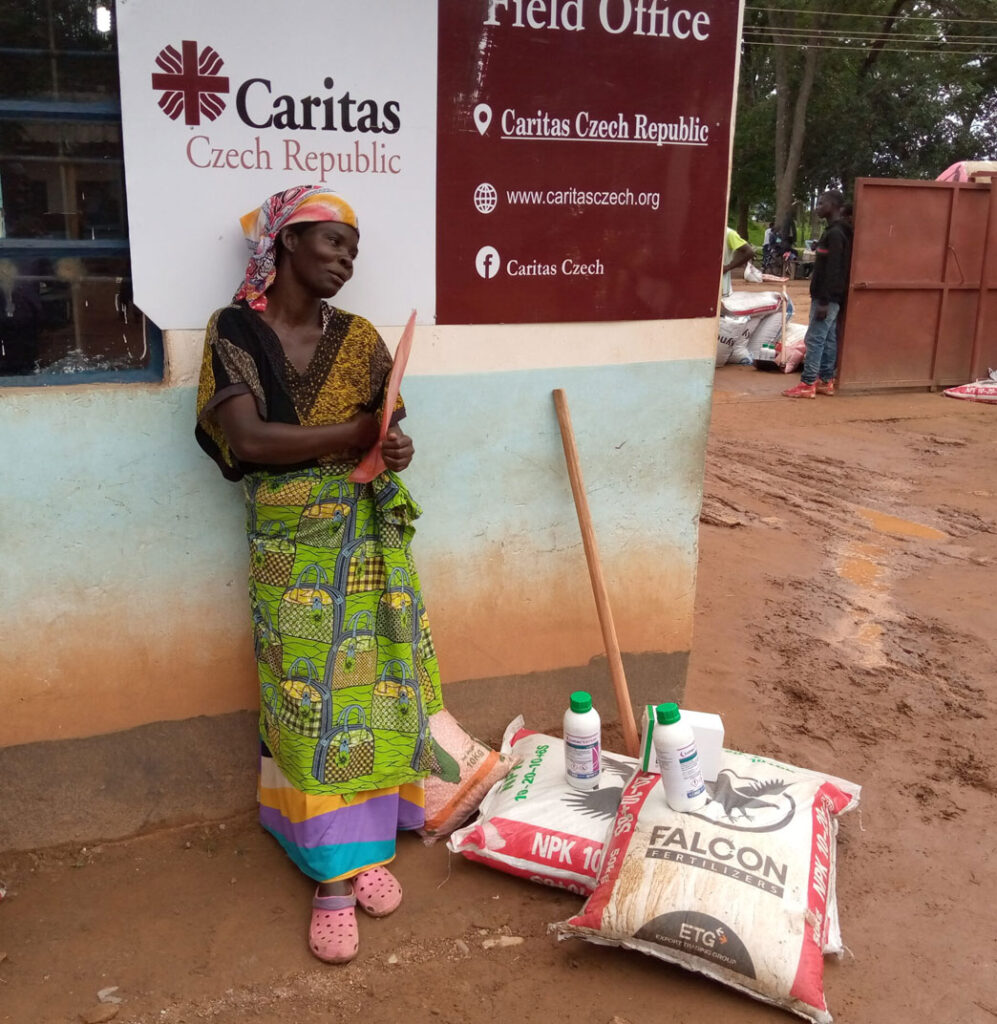
Reaching the Most Vulnerable
In areas with underdeveloped markets and/or where particularly vulnerable populations live, NGOs and humanitarian organizations often assist with farmer engagement and training. This includes projects targeting refugee communities.
Delivering Biofortified Crops
to Farming Households
There is more than one approach to promoting and supplying biofortified crops to these households, and training them on how to grow, harvest, and process these crops. Key factors include the nature of the crop itself, farmers’ capacities and preferences, and the level of market development in a given location.
Regardless of the approach, biofortified varieties not only need to provide added nutritional value, they also need to be agronomically and economically attractive for households to grow. This means being yield-competitive, climate-smart, and also marketable for income generation.
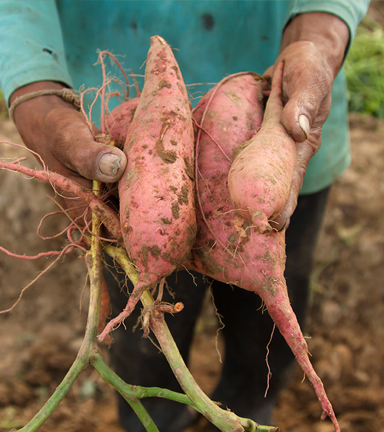
Vegetatively Propogated Crops
i.e. Vitamin A Cassava and Orange Sweet Potato (OSP)
Farmers plant stems, tubers, cuttings, or vines rather than seeds. These are perishable and bulky, expensive to transport over long distances, and require planting within a few days of harvest. Multiplication is thus typically localized and farmer-led, with farmer-to-farmer sharing of planting material as a key growth path. Vitamin A biofortification also changes the crops’ color, requiring behavior change approaches for farmers and consumers.
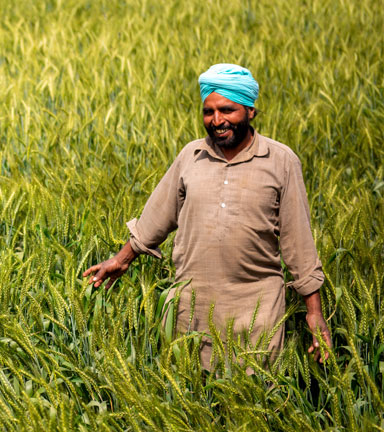
Self-Pollinators
i.e. Iron Bean, Zinc Rice, Zinc Wheat
Farmers periodically replace seed to maintain agronomic traits. Small annual markets for seed may deter private sector investment, so public sector seed companies and community multipliers are often contracted to produce and distribute seed. Farm-saved seed and farmer-to-farmer sharing contribute significantly to varietal diffusion.
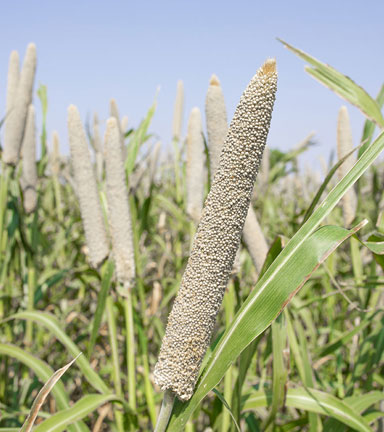
Hybrids
i.e. Vitamin A Maize, Iron Pearl Millet
Seed production and distribution systems for hybrids are well-developed, allowing for ready integration of biofortified varieties. Rollout includes demonstration plots, training of extension and retail staff, farmer field days, and distribution of promotional material containing agronomic and nutritional benefits messages. The need to replace hybrid seed every season may not be practical for some resource-poor farming households, so open-pollinated varieties (OPVs) of these crops are also developed, which require less-frequent replacement.